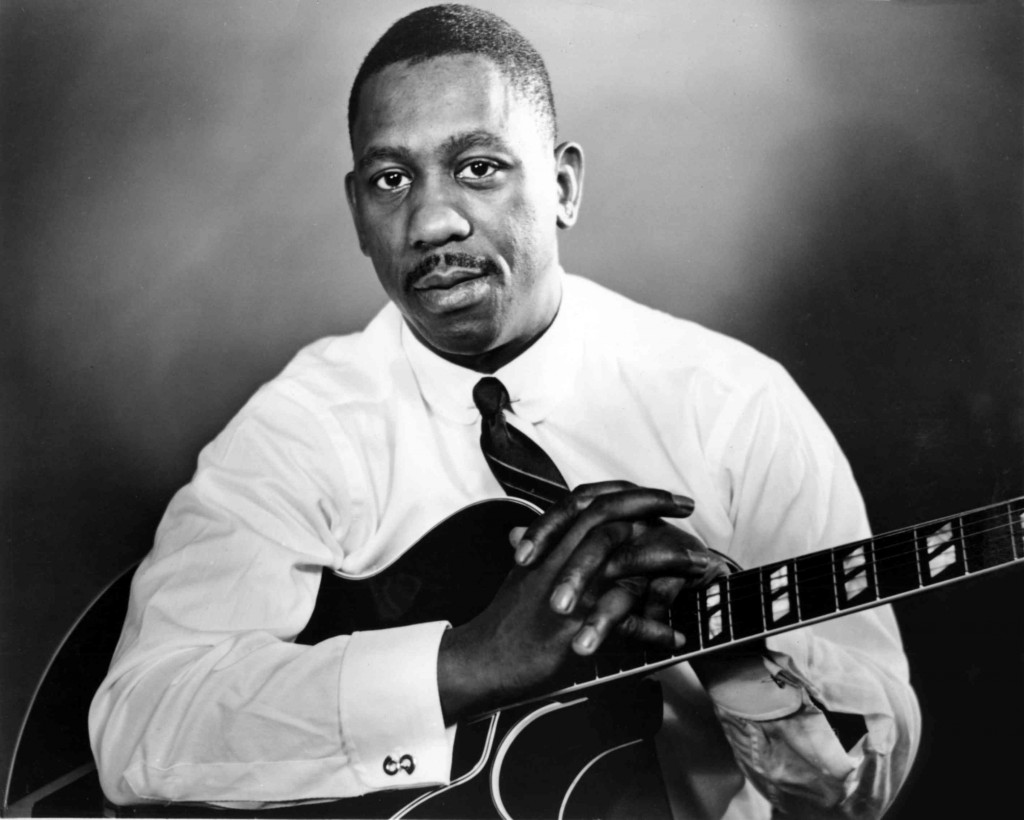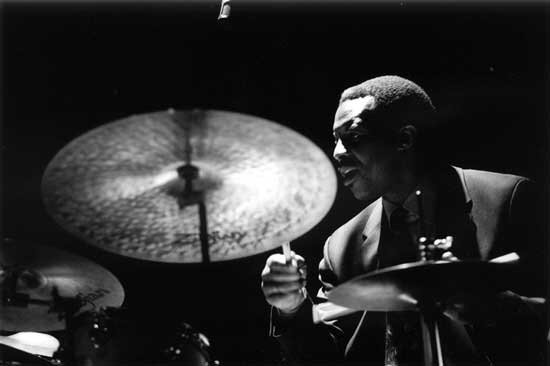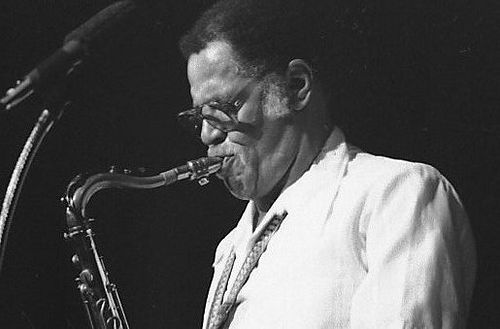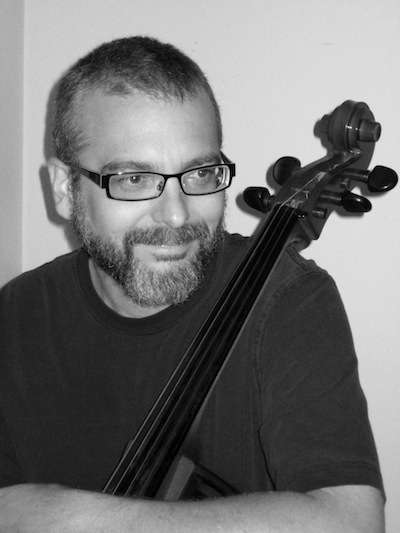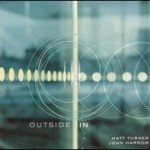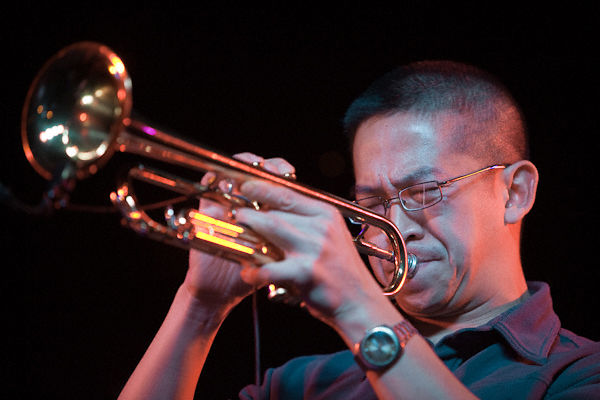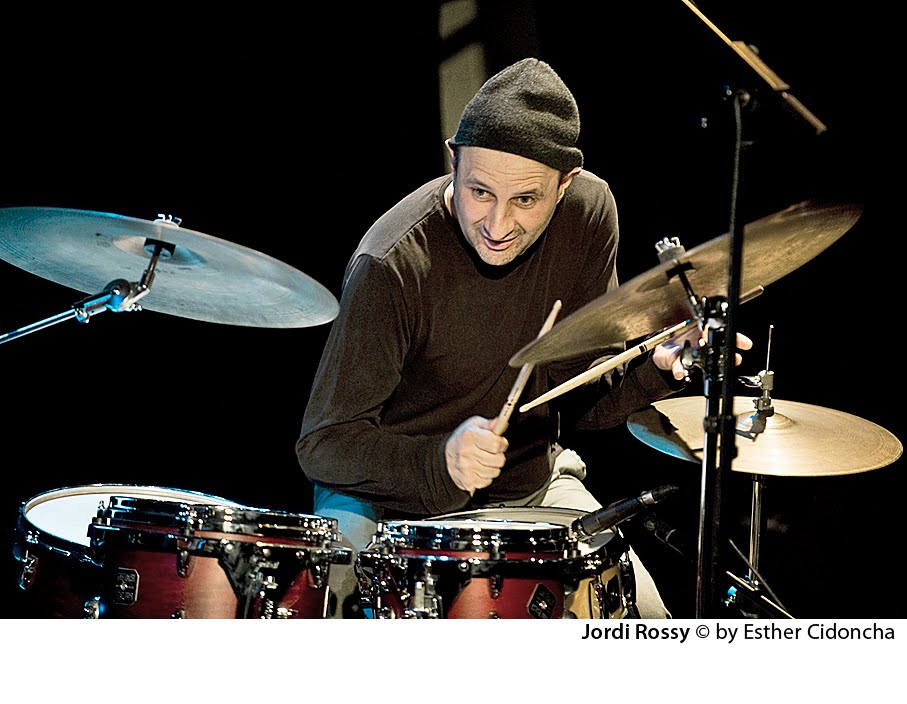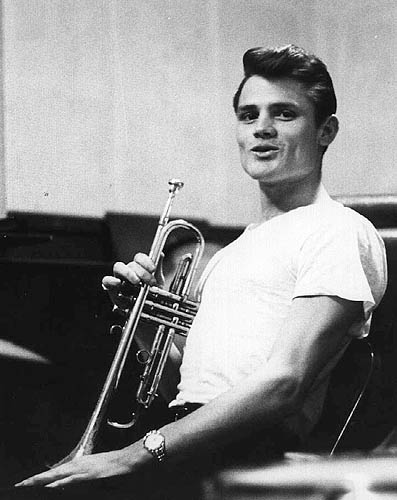Download the transcription: C
Listen! Four on Six
Watch Italo’s Transcription Video! http://youtu.be/iHlo0dDFQb0
This solo is a masterpiece by Wes. There’s everything you’re used to hearing in his improvisations: Double stops, quartal structures, tritones, pentatonic ideas, dorian phrases, fast and wide arpeggios and his famous octaves all along his last choruses. That’s probably because it was recorded in 1965 (only three years before his death, in June 15th 1968 – 45 years ago) with the wonderful Wynton Kelly Trio. It’s really a solo to remember by all guitar students and improvisational musicians.
